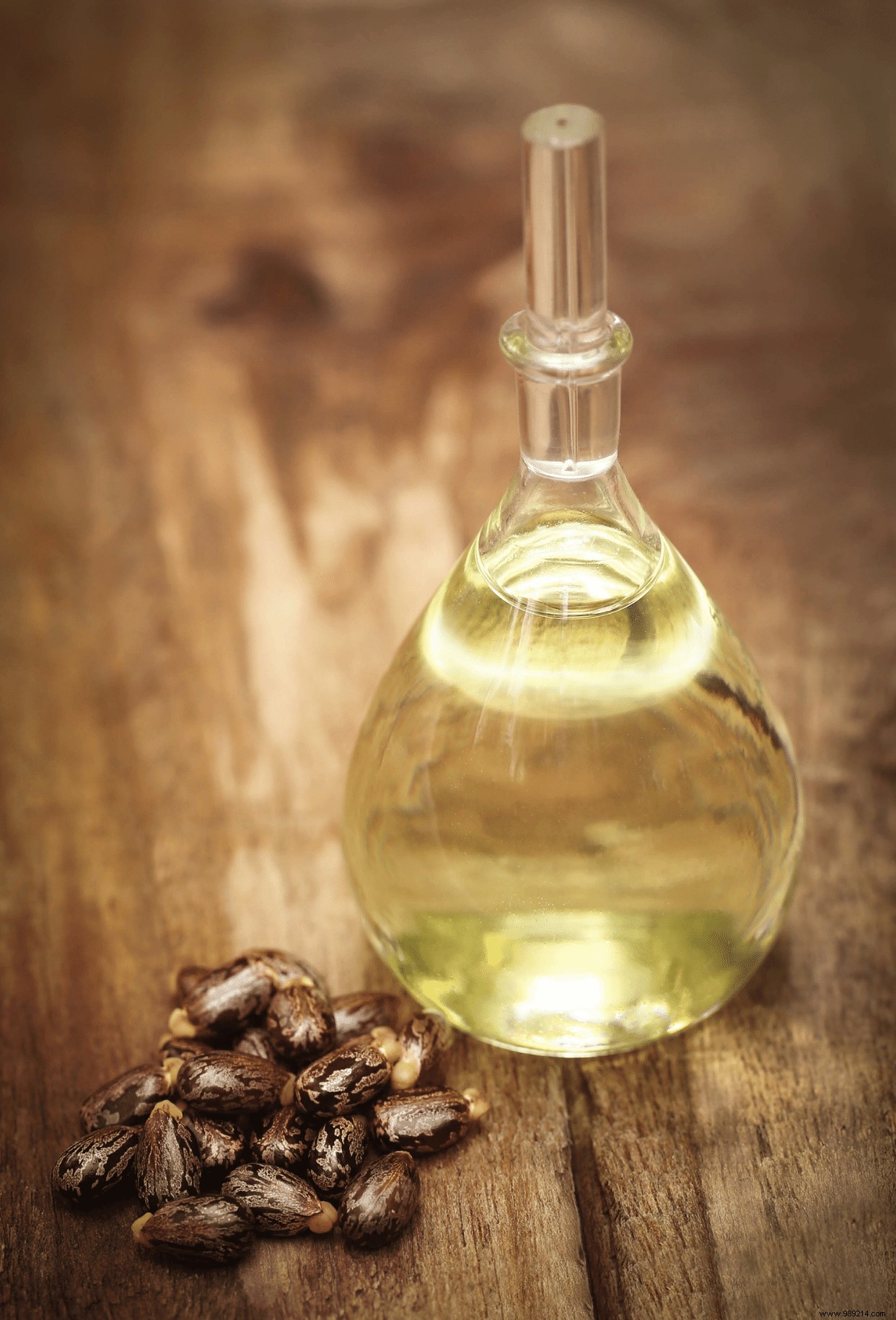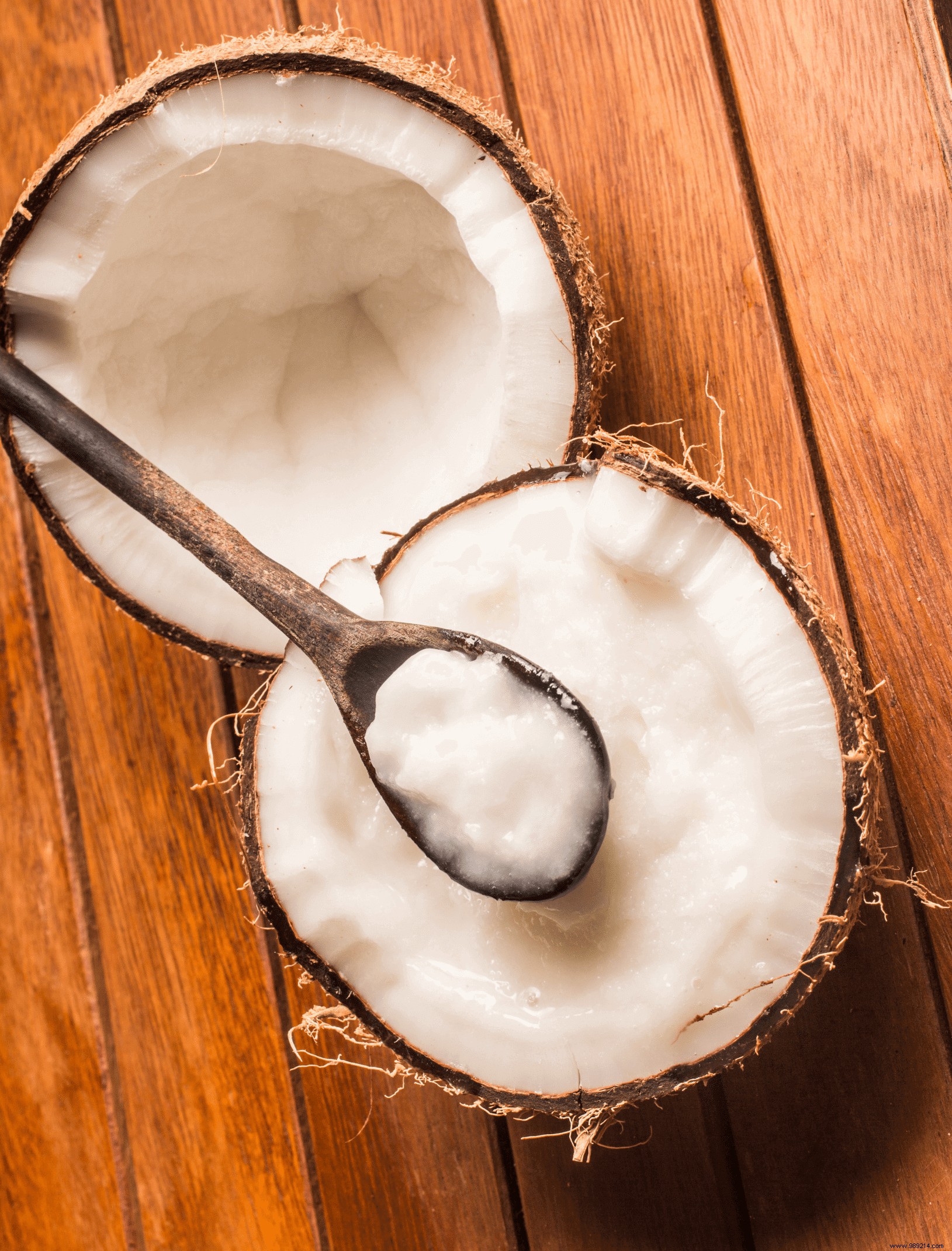You notice that after applying certain vegetable oils to your skin, the blackheads tend to appear? This may be because the components of the oil are not suitable for your skin type or where you are applying it, or the quality of the oil is poor.
But it can also be due to the comedogenicity of the oil . Wondering what it is and how differentiate a comedogenic oil of a non-comedogenic oil ? No problem, we will help you see things more clearly, so that you can choose your vegetable oils according to the needs and problems of your skin!
To fully understand the problems associated with comedogenic oils, you must first take the time to fully understand what it is and what the process is at play. You'll see, it's actually quite simple!

First of all, a small etymological point! The word comedogenic associates the terms "comedones" and "gene". Comedones correspond to an accumulation of sebum, which clogs the pores of the skin. As for the Greek word "gene", it could be translated as "causing". A comedogenic oil is therefore a product that will tend to clog pores .
A so-called comedogenic oil is not necessarily dangerous in itself. The problem is that it will accelerate the appearance of imperfections , in the form of comedones, commonly known as blackheads. And of course, it's not very aesthetic and we would all like to be able to get rid of it!
In some cases, these comedones can turn over time into acne pimples , even in micro-cysts ("closed" comedones unlike blackheads which are "open", that is to say in contact with the air). We then have the feeling of having unsightly facial skin, and it becomes more difficult to eliminate these pimples.
As you will have understood, certain vegetable oils therefore tend to clog the pores, favoring the appearance of pimples. But why does this phenomenon occur?
You should know that some oils are naturally comedogenic, because they are thick and that they are not very penetrating , particularly because of their oleic acid content.
It is also possible that an oil has a fragility when it comes into contact with air or when it is too hot. It will then oxidize or deteriorate one way or another, making it comedogenic. This is why it is recommended to keep certain vegetable oils in the refrigerator, at least in a cool place away from light (eg hemp oil, evening primrose oil, borage oil, hazelnut oil, etc. , which are sensitive to oxidation).
The comedogenicity index is also influenced by the quality of the oil . This is why it is recommended to favor oils from a first cold extraction and composed only of natural ingredients.
Finally, the amount of oil applied to the skin can create more or less pimples. This is especially true on the face, where the skin is thinner. Use only a few drops and massage with your fingertips for good penetration and so say goodbye to comedones!

Do you want to be able to choose an oil based on its potential comedogenicity? We explain everything about the comedogenic index , with the added bonus of some indications on the comedogenicity of the vegetable oils most regularly used for beauty treatments.
To guide you in choosing your vegetable oils for the skin, know that there is a comedogenicity scale , ranging from 0 to 5:
If this index is very useful, it is not always mentioned in the description of the products that you buy regularly or that you would like to use for the care of your skin. Here are the clues of the vegetable oils that are most often found to make moisturizing, nourishing, purifying, circulatory care, etc. :
Considering the skin problems that comedogenic oils can cause, you may be wondering whether to banish them altogether from your bathroom. It all depends on your skin type, especially on the face. Don't worry, here are some tips to know which oil to choose ! And if you need more details, check out our guide to vegetable oils!
Comedogenic vegetable oils are to be avoided if you have acne-prone, combination or blemish-prone skin . Indeed, they will only increase the production of sebum and prevent the skin from breathing.
However, you should not deprive yourself of the benefits of vegetable oils! Those with a index of 0 or 1 may be suitable, and even help you solve your skin problems. Prickly pear oil is known to restore skin tone, safflower oil soothes redness and fights aging, rice bran oil helps fight dark circles, babassu has anti-aging properties, pomegranate oil takes care of fragile skin, etc.
You should also know that everything is also a question of proportion. So, if you think you have found a blend of oils that would seem to perfectly answer your problems, do not turn your back on it on the pretext that it is partly composed of a comedogenic oil! If it is only present in small amounts, it may not have any impact on the formation of blackheads.
And do not hesitate to pay attention to the reactions of your skin and to do some tests:if you notice that a vegetable oil promotes the appearance of blackheads, simply change it!

If you have rather dry skin, vegetable oils qualified as comedogenic could become your best allies. Why ? Because they have a high content of oleic acid, which nourishes the skin and helps rebuild its hydrolipidic film . The latter has the function of protecting the skin against external aggressions and to remain supple and hydrated.
Think for example of carrot oil which gives a healthy glow and prolongs the tan, antioxidant olive oil suitable for sensitive skin, coconut oil which nourishes the skin and hair, etc.
And just because you have dry skin doesn't mean you can't take advantage of the virtues of a non-comedogenic oil ! Avocado oil, macadamia oil or even sunflower oil, having a low index, are found to be nourishing and moisturizing, among other things, and quickly penetrate the skin. Ideal for taking care of yourself, without the unpleasant feeling of too greasy oil that leaves a film on the skin!
The skin of the face is more sensitive than that of our body and produces more sebum, and that is why vegetable oils with a high comedogenic index can have such an effect. On the other hand, the problem does not usually arise when applying oils to the legs, arms, buttocks, hips, etc.
It is therefore less important to worry about the comedogenicity of a product for the body. However, this does not prevent you from checking that the oils you apply do not create allergies or imperfections on the different parts of your body.
Now that you know a little more about comedogenicity and how to choose your vegetable oils, you also need to know how to select your other cosmetic products to avoid blackheads. Indeed, oils are not the only ones that can possibly clog the pores of your skin.
We know in particular that coconut butter or the cocoa butter tend to create a film which can prevent the skin from breathing properly. And the same goes for many synthetic ingredients, used to color, perfume or promote the emulsion of certain treatments. So pay attention to the list of ingredients in your products, always favoring the most natural products possible and best suited to your skin type.
On the other hand, no risk with beeswax , shea butter and aloe vera gel ! Their nourishing and moisturizing properties will suit most skin types, even the oiliest.

Have you tested a new vegetable oil that has caused comedones to appear? Have you just realized that you have been using an oil for a long time that is actually too comedogenic for your skin? Don't worry, it only takes a few simple steps to get rid of blackheads who appeared:
We recommend one of the following scrubs if you have used an oil that is too comedogenic:
You are now ready to choose the best vegetable oils according to your skin and the part of the body on which it will be applied! Your skin will be clean, breathable and radiant in all circumstances!
Ask us your questions in the comments :)